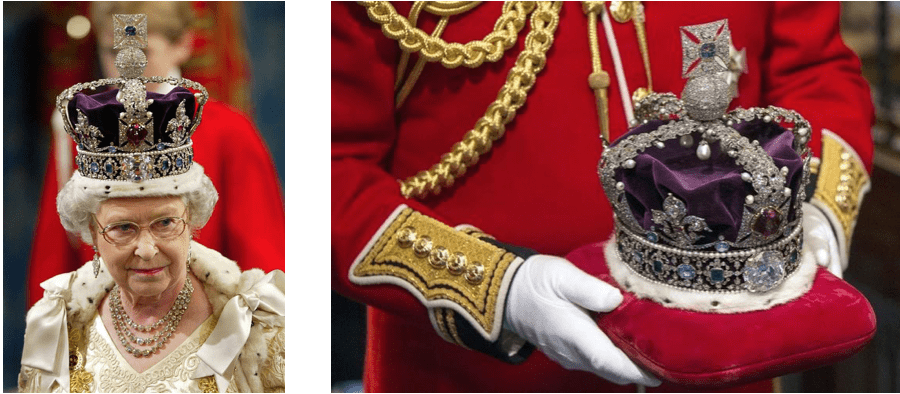From La Paz to the Queen of England’s crown, the storied history of Baja’s black pearls dates back to the local Pericu who wore them decoratively around their necks strung alongside red berries and bits of sea shells. The pearls would go on to become a major industry for the area which was eventually rendered free of the naturally occurring oysters.
The Jewels of the Sea of Cortez: Pearls

In 1883 an astounding pearl was found inside a gigantic mother pearl oyster. The size and shape of a lemon fruit, the pearl was originally named “La Perla de La Paz,” but later changed to the “Great Lemon.” This incredible pearl went on to find a home in the Queen of England’s crown and continues to reside there today.
A 1903 article in the New York Times declared that the Baja pearl industry had produced more than $2 million dollars of pearls in 1902. When famed American author John Steinbeck arrived in La Paz in 1941 the glory days of pearl mining had ceased. While in La Paz, Steinbeck received inspiration for his novel, “The Pearl,” published in 1947. In the book, Steinbeck writes about a pearl diver who finds a huge pearl, “The Pearl of the World” that promises to transform his life. While it does transform it, it’s not necessarily in the way he expected.
Today, Perlas De Cortez is continuing the rich tradition of pearl harvesting at their pearl farm located in La Paz. They specialize in half pearls, called mabés harvested from the Mexican pearl oyster, Concha Nácar” or Pteria sterna. The pearls grow inside the live oysters and when harvested, do not need to be polished to show their natural beauty. The half pearls are cultivated for three years before being mounted in handmade jewelry, thus continuing the legacy of the jewels of the Sea of Cortez.



